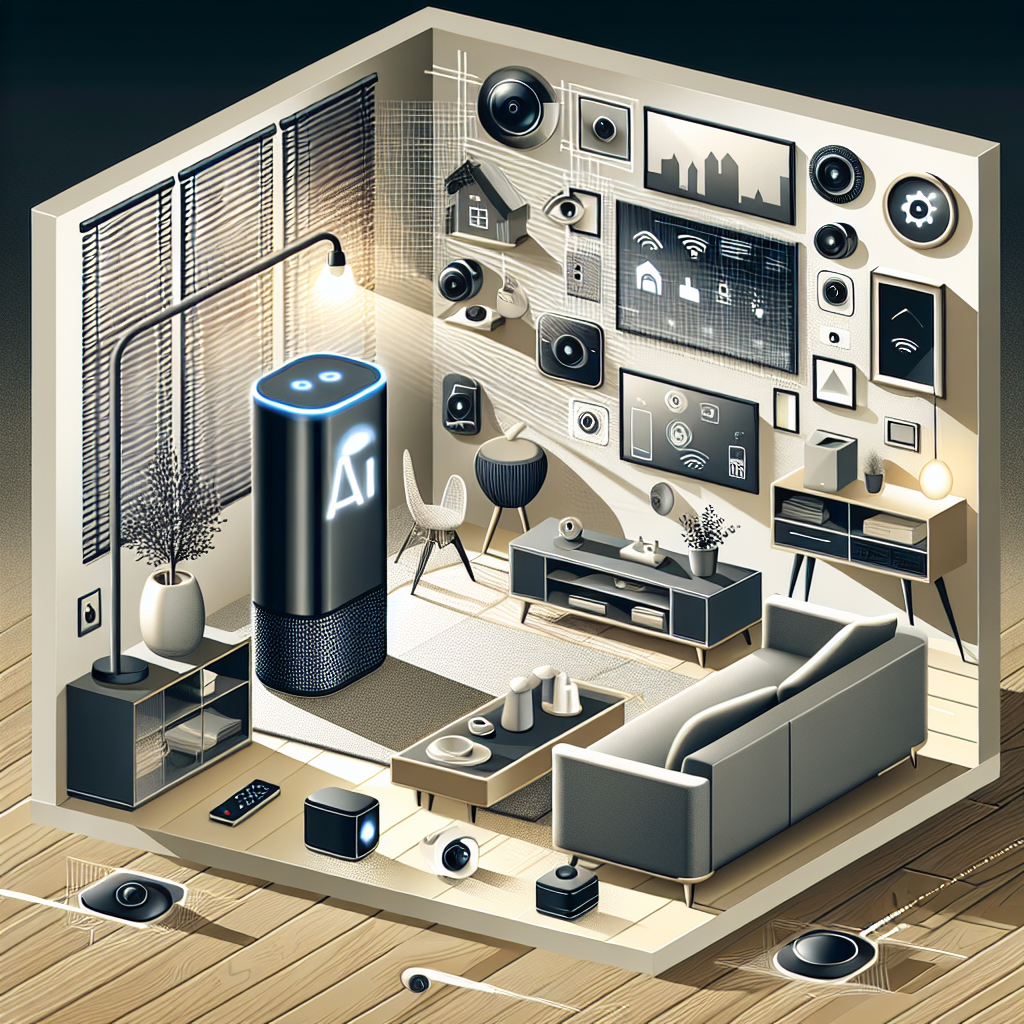AI Homes: Smart Living or Surveillance?
In 1962, cartoonist Hanna-Barbera imagined a future where the Jetsons lived in a high-tech home filled with voice-controlled gadgets and robotic helpers. Fast-forward six decades, and we’ve caught up with that whimsical vision — except the robots now collect data on everything you do. What started as a dream of automated convenience has become a increasingly complex debate: Are AI homes a frontier for smart living, or are we welcoming a dystopian reality of 24/7 surveillance?
What Is an AI Home?
An AI home, or smart home powered by artificial intelligence, integrates devices and systems that can communicate, learn, and automate tasks. From thermostats that adjust based on your schedule to doorbell cameras that alert you to a visitor’s face, these technologies offer enhanced comfort, efficiency, and security. The promise? A home that not only reacts — but thinks.
The Bright Side: Efficiency and Convenience
There’s no denying the perks of smart living. AI-driven homes learn your habits and preferences, creating a personalized experience. Here are just a few benefits:
- Energy Savings: Smart thermostats like Nest can reduce energy usage by learning your heating and cooling patterns.
- Security: AI-powered surveillance cameras and motion detectors offer real-time alerts and facial recognition.
- Convenience: Voice assistants like Alexa and Google Home allow you to control lights, appliances, and even order groceries with simple commands.
These advantages not only make life easier but can significantly reduce utility costs and enhance personal safety.
The Dark Side: Surveillance and Privacy Erosion
Yet the very intelligence that makes AI homes so appealing also raises serious privacy concerns. Each connected device collects and shares data — often to cloud servers owned by large corporations. What happens to all that information? Who has access to your routines, conversations, and even your physical location?
Consider this: In 2023, reports revealed that some smart vacuum cleaners had captured images of users in compromising situations, which were then leaked. This isn’t fiction — it’s a real consequence of embedding AI throughout our most intimate spaces. With devices always listening and analyzing, the boundaries between helpful technology and invasive surveillance blur quickly.
Who Owns Your Home Data?
Another critical question arises: Who retains ownership of the data created and shared by AI homes? While companies often include data-sharing terms in their fine print, most users aren’t fully aware of what they’re agreeing to. The result is a system where:
- Device manufacturers gain significant behavioral insights.
- Third parties may purchase or access data for targeted advertising.
- Governments could request access through legal means — or bypass them altogether in some jurisdictions.
Finding Middle Ground
The answer isn’t to shun technology, but to demand more transparency. Opting for devices with local storage, reading privacy policies, and using strong network security can help mitigate risks. As consumers, we must ask: How much of our convenience is worth our privacy?
For those seeking tips on securing their smart devices, consider reading this Consumer Reports guide to securing smart home tech.
Final Thoughts
AI homes are transforming the way we live — blending innovation with potential intrusion. Whether they represent smart living or a surveillance nightmare largely depends on how technology is implemented and regulated. As we race toward this interconnected reality, maintaining control over our digital selves may be the smartest choice of all.

